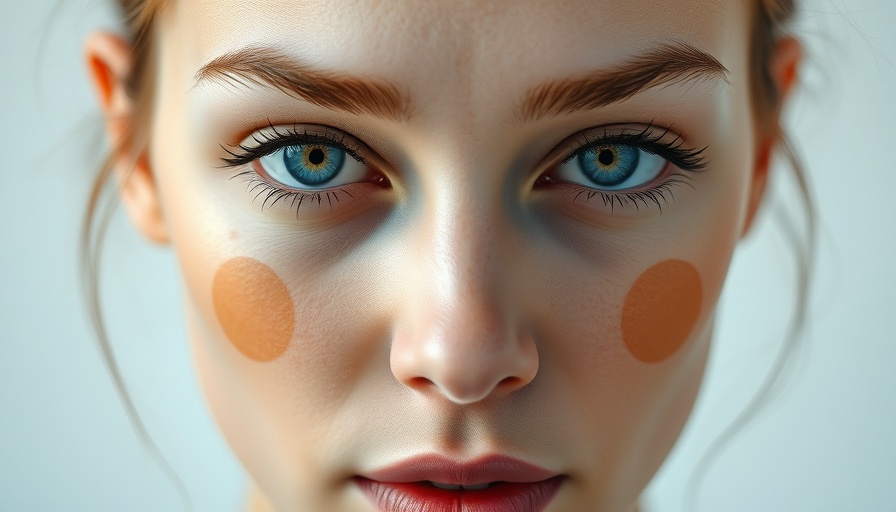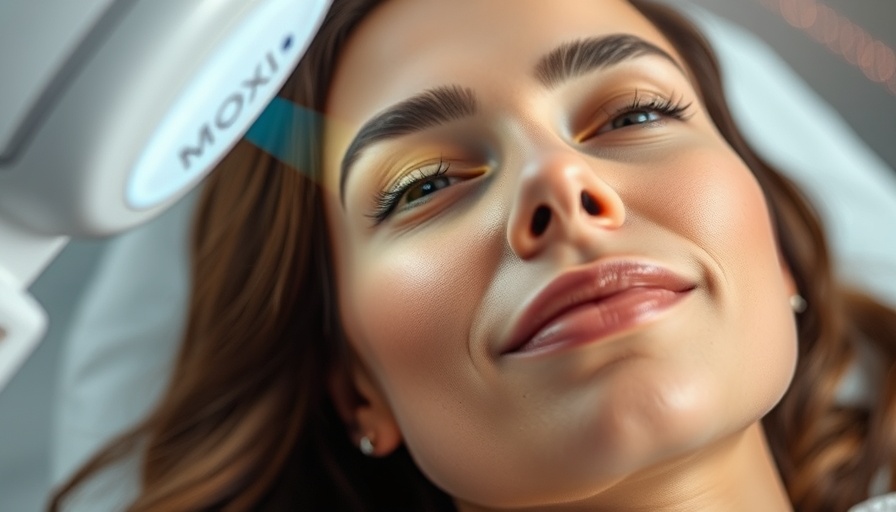
Understanding Skin Discoloration: What You Need to Know
Skin discoloration can feel like an unwanted guest in the realm of skincare, affecting our self-esteem and confidence. As an expert esthetician, I often hear the question: 'How can I get rid of skin discoloration effectively?' This issue transcends age, impacting people from teens to seniors. The pursuit of flawless skin is common, and makeup is often seen as a temporary solution to mask uneven tone. However, addressing the root causes of discoloration is essential for lasting results.
The Root Causes of Skin Discoloration
Discoloration primarily stems from the overproduction of melanin, the pigment responsible for our skin color. Factors such as genetics, sun exposure, hormonal fluctuations, and skin injuries play crucial roles in this process. Once melanin production kicks into overdrive, it can be challenging to quell those active cells. This struggle is particularly pronounced among individuals with deeper skin tones, where the visibility of discoloration can be more pronounced and persistent.
Exploring the Four Types of Skin Discoloration
There are four primary types of skin discoloration that many experience:
- Melasma: Commonly seen as large dark patches on the forehead or cheeks, melasma often arises during hormonal shifts in pregnancy or birth control use. Instead of rushing into aggressive treatments, it's vital to adopt a gentle approach that focuses on calming inflammation.
- Post-inflammatory Hyperpigmentation (PIH): These are the small spots left behind by acne or skin trauma. To prevent PIH, focus on skincare routines that minimize breakouts, and consult professionals for tailored advice. Avoid popping blemishes as this exacerbates discoloration.
- Age Spots: As we age, the accumulated sun exposure can lead to distinct dark spots. Prevention is key here; regularly applying high-SPF sunscreen can significantly reduce their appearance.
- Sun Damage: The sun poses a significant risk to skin health, causing not just sunburn but long-term discoloration. Protecting your skin with broad-spectrum sunscreen can help avoid this.
Actionable Steps to Address Skin Discoloration
Dealing with skin discoloration doesn't have to be frustrating. Here are practical steps to support your journey:
- Hydration: Keeping your skin hydrated can help balance melanin production. Use a gentle moisturizer suitable for your skin type.
- Sun Protection: Utilizing a broad-spectrum SPF daily can protect against future discoloration.
- Gentle Exfoliation: Opt for mild exfoliants rather than aggressive treatments. Chemical exfoliants like glycolic acid can help without over-stimulating your skin.
- Consult Professionals: The insights of a skincare guru can be invaluable, especially for specific issues like melasma or PIH.
Empowering Yourself Through Knowledge
Understanding skin discoloration and its causes equips you to make informed choices. The emotional weight of dealing with skin issues can be heavy, but remember, you’re not alone. Many share your experience, and solutions are within reach. Each step taken towards understanding your skin is a stride towards healthier, more radiant skin.
Your Next Step: Embrace Change
Take control of your skincare journey by prioritizing education and professional guidance. Together, we can create a personalized plan to help your skin reclaim its natural beauty. Consult a local med spa in Southern California for targeted treatments that align with your needs and concerns.
 Add Row
Add Row  Add
Add 




Write A Comment